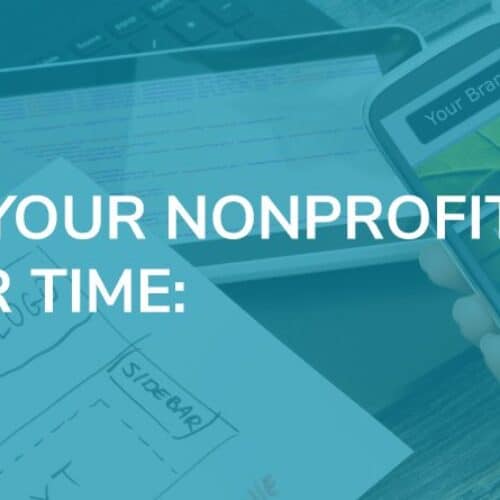Not long ago I had a YOLO year. I pushed myself outside my comfort zone and pursued a longtime dream to take snowboarding lessons. (I stayed on the board…and even bought a season pass). Later that year, I followed it with a trapeze class.
I am not a risk-taker in the daredevil sense of the word. I like to push boundaries and calculate chances, but I don’t seek thrills for the adrenaline rush.
That trapeze class was challenging. My fear of speed and height almost overtook me. After making it up the wobbly ladder to the platform, standing on a platform the size of my keyboard, getting harnessed in, and then propelling myself into the air (at a speed of probably 20 mph), I could barely hear my instructor’s voice over the screaming in my head.
As he prompted me to cast my legs back and forth and then flip them onto the bar of the trapeze, I thought “Are you kidding me? You want me to let go of this bar and dangle upside down? I’m hanging on for dear life! No way!”
The first few times, all I could do was glide back and forth at what felt to be unbearable speed with a grimace and an occasional intentional swinging of my legs. I was grateful every time I landed on the netting underneath me.
Waiting for my next turn with my friend, I commented on my difficulty getting myself to hang upside down on the bar. Wisely she said to me, “You have to shut out the noise in your head and follow his instructions. Stop trying to control things. He’s telling you exactly what you need to do.”
Easier to say than do!
But on my next turn, I disregarded the chatter in my head about why I shouldn’t and couldn’t flip over. As the instructor called each step, I followed. Soon I was hanging upside down. I could hear the cheers and applause from the rest of the class, drowning out the voice of my panic.
Circus life is not my calling. But that experience taught me important lessons.
And fundraising? YES, it reminds me of fundraising!
Why?
We’ve officially crossed the halfway point of 2019. The noise around us is starting to grow louder (just like the screams inside my head during that trapeze class!). We’re trying to cram in as much as we can in what remains of summer. We need to get plans in place for our end-of-year fundraising campaigns. We have fundraising reports to wade through: Is giving up, down, stagnant? Where are we now and how do we need to finish the year? Oh, and by the way, analysts are warning of an impending recession next year.
The race begins now.
And we need to course-correct, while we’re at it. Last month Claire Axelrad wrote an excellent piece analyzing both the Giving USA and 2019 Q1 Fundraising Effectiveness Project reports.
Bottom line?
Giving is pretty much flat. But more alarmingly, donors – particularly smaller and mid-level donors, are declining at alarming rates. Almost to the point of extinction. This shouldn’t still be a surprise. It was the word of caution in analysis of last year’s GUSA report.
As a sector, we need a dramatic shift to prevent this problem from getting worse.
Tap. Tap. Can you still hear me? Or has the noise become deafening?
Just like I did in my trapeze lesson, allow yourself a moment to intentionally silence all the distractions and demands.
Take these three actions to help your organization course-correct and meet today’s fundraising realities:
1. Get a handle on your donor data.
Know who’s supporting you, who’s stopped supporting you, and what your own donor giving trends are.
Are you using insights from your database to help create strategies based on your organization’s trends? You generate growth by knowing where to give more attention to donors who are disengaging (likely those who make smaller to mid-level gifts) and where to build relationships with those who are ready for larger gifts.
2. Understand what keeps your donors coming back.
Do you know how many donors you’re keeping each year? Or are you just tracking revenue against your budget goal? Our peers in the retail and consumer industries track this every date to understand customer behaviors. This is one of THE most important metrics you need to know.
Terrible donor retention rates in the nonprofit sector — about 43% last I checked — signal that nonprofits are still not connecting with their donors in a way that resonates. It’s been stuck at this level for at least 5-10 years. Seriously.
Here’s the thing: Donors give because they want to make a difference. They want their philanthropic dollars to change lives and make the world a better place. They give to causes that are important to them. And they give to causes that appreciate them and where they know their gift matters.
3. Inspire your donors with a big and bold vision and story.
Small thinking leads to small gifts. Often it’s all our nonprofits can do to raise just what we need to meet operational and programmatic budgets. But if donors don’t know what the end game is and don’t know how they can help reach it, their giving will remain stagnant.
Allow yourself to think about what your organization can do if money isn’t an issue. What would you do to put yourself out of business? And how can your donor help you do that with transformational gifts? Big vision for change is realized from big dreams of donors.
As we prepare for the year-end fundraising hustle, your time and bandwidth are limited. So,now’s a good time to do a donor temperature check, focus on where your attention will be best spent to raise money, and paint a picture of possibilities that ignite your donors’ enthusiasm.
Need some tips on how to close 2019 on a strong fundraising foot? Sign up to get my new, free e-guide, 6 Ways to Rock Your Year-End Fundraising, with ideas and inspirations you can implement now in your year-end fundraising campaigns.





